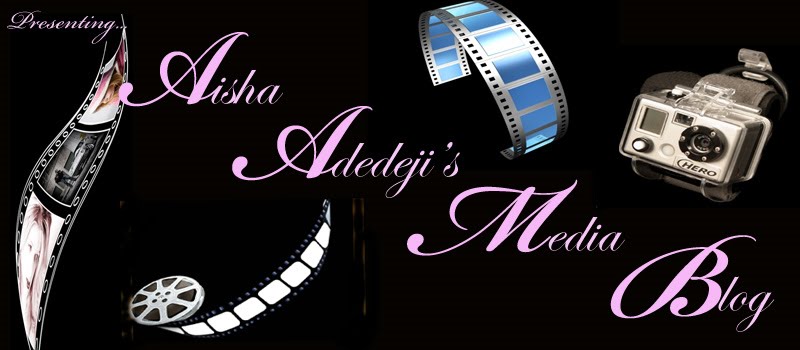
HOW MANY IMAGES ARE THERE?
There are only two images. The first image is of the artist, and is to the right of the first page. The image acts like a sort of background, because part of the image is behind text, but most of it is not. The effect of this, allows the image to almost come off of the page. The only criticism of this image is that due to the placement of it, it almost separates the two pages. This is not an effect I am a fan of because the double page spread should be like one big page, but because this image is near the centre of the page, where there is a line, it acts as a separation of the two pages. I think it should have been placed on the left hand side of this page, and with possible text wrapping. However, it seems that there was no text wrapping because the text would n to fit.
The second image is a rectangle, on the second page of the double page spread. The fact that it is a separate picture entirely, in a rectangle at the top of the page, distances it from the text. However, it is embedded into the background at the bottom, which may not have been intentional, but the use of black in both the image, and the background, has enabled this effect.
THE TITLE…?
The font of the title looks like a ‘groovy’ sort of front, which looks quite tatty and informal. This is ironic because the positioning of the title in line with the text at the top of the page makes it seem so formal. The title if the double page spread is supposed to grab attention of readers who simply flick through pages. There is a lack of uniqueness about the title. There is no colour differentiation or anything. The only thing that differentiates it from the rest of the text is the size of the text is larger, and the font used for the title is different.
THE LAYOUT OF THE TEXT?
The double page spread consists of four columns, but one column is occupied with an image. The text is justified and shows a sense of continuity. All the text is the same colour, however the questions asked are bold and the answers are not. This is in attempt to differentiate the questions and answers. The stand first has been used to get attention from the reader to draw them in, so that they want to continue to read the interview no matter the length of it. The stand first is the same colour as the rest of the text, except it is bold and is a slightly larger font size than the rest of the text. The interview questions are bold, while the answers are not, this is so that the reader is aware of where the answers start and stop. The spaces around the text have been used as a margin to create gutters and edges to the text.
COLOUR SCHEME/ HOUSE STYLE?
The colour scheme/house style used here is very obvious; black white, and a khaki colour. All the text is white, which I think is quite dull, but at least it shows continuity.
PAGE NUMBERS?
The page numbers are located to the outside edges of the pages, about two thirds down the page. The page numbers are quite condensed, and seem as though there was no where else to place them, which makes the page look unprofessional.
OVERALL COMMENTS?
There are aspects to this double page spread which I like, and aspects which I think are quite weak. The only things I would extract form this double page spread, are the amount of columns used and the structure of the text.

No comments:
Post a Comment